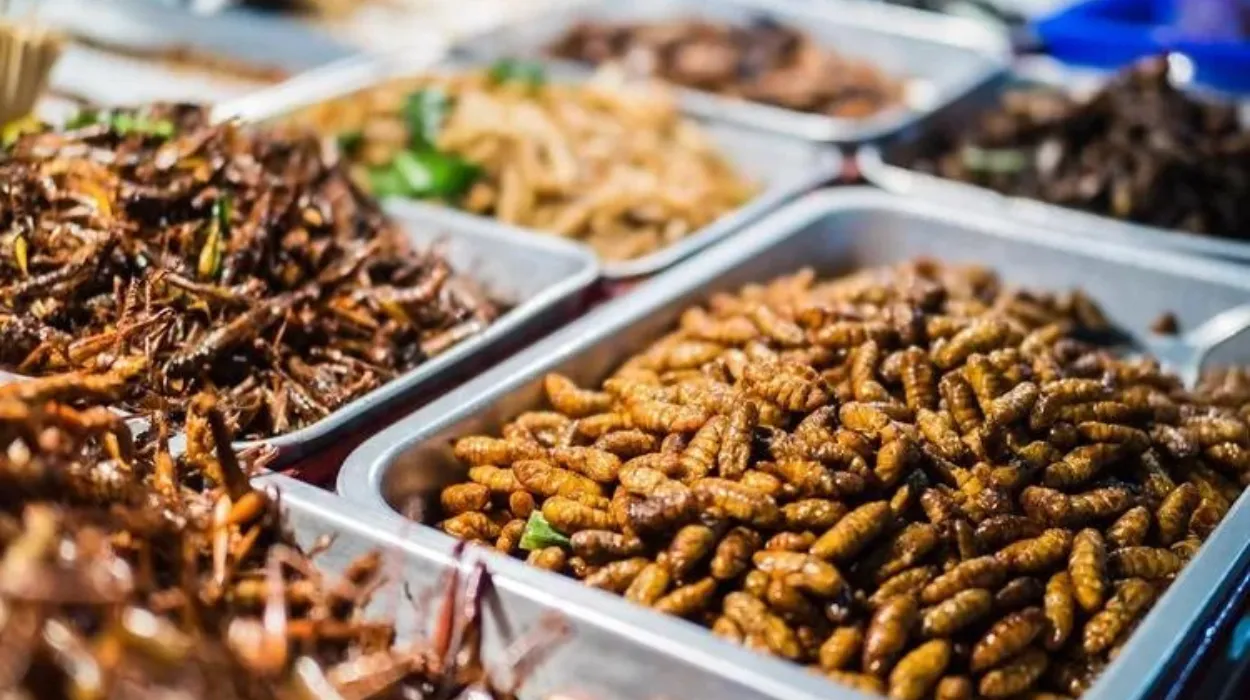According to a 2013 report from the Food and Agriculture Organization (FAO) of the United Nations (UN), around 2 billion people globally incorporate insects into their traditional diets—a practice known as entomophagy. This ancient culinary tradition is gaining recognition for its nutritional benefits and potential to address modern dietary challenges.
Commonly Consumed Insects
Beetles rank as the most commonly consumed insects, followed by caterpillars, bees, wasps, ants, grasshoppers, locusts, and crickets. More than 1,900 species of insects are considered edible worldwide, showcasing a rich diversity in this food source. Regions like China, Africa, Asia, Australia, New Zealand, and various developing areas in Central and South America have long embraced entomophagy as a cultural norm.
Perceptions in the Western World
Despite its widespread acceptance in many cultures, the consumption of insects struggles to gain traction in Western nations. A study published in the Journal of Insects as Food and Feed revealed that 72 percent of Americans are unwilling to consider eating insects. The FAO report indicates that, in many Western countries, entomophagy is often viewed with disgust, with eating insects being associated with primitive behavior. However, an understanding of the health benefits of insects could potentially shift these perceptions.
Nutritional Advantages of Eating Insects
Insects are recognized for their high nutritional value, being rich in protein, healthy fats, iron, and calcium, while low in carbohydrates. The FAO report suggests that insects can be as nutritious—if not more so—than commonly consumed meats like beef. For example, 100 grams of crickets contain about 121 calories, 12.9 grams of protein, 5.5 grams of fat, and 5.1 grams of carbohydrates. In comparison, 100 grams of ground beef contains around 23.5 grams of protein but is significantly higher in fat, at approximately 21.2 grams.
Researchers have proposed that entomophagy may serve as an effective strategy to combat obesity and related diseases, given the low fat content of insects. In 2014, the Daily Mail featured a story about a man from the U.S. who shifted from a typical Western diet to one rich in insects after mistaking a bowl of crispy crickets for peanuts. He credited the inclusion of insects in his diet for helping him lose weight. Jason Brink, the individual in question, remarked, “We have the ability to transform our diets from the steady stream of junk food, to which so many are accustomed, to an entirely different and decidedly broader global culinary adventure.”
Addressing Malnutrition Through Insect Consumption
The potential benefits of entomophagy extend beyond weight loss; the UN highlights its role in combating malnutrition, especially in developing countries. According to UNICEF, nearly half of all deaths among children under five years old stem from malnutrition, predominantly occurring in Asia and Africa.
Malnutrition can arise from insufficient food intake or an inability to digest the food consumed, increasing the risk of life-threatening diseases. Furthermore, malnutrition during the first 1,000 days of life can result in stunted growth, impairing cognitive development. Insects provide a rich source of healthy fats and protein and are widely available, making them an accessible and affordable food source that could significantly benefit low- and middle-income countries facing malnutrition challenges.
Conclusion
As awareness of the health and environmental benefits of eating insects continues to grow, the practice of entomophagy may gain more acceptance, even in the Western world. By embracing this alternative protein source, we could improve nutritional outcomes and contribute to a more sustainable food system.


